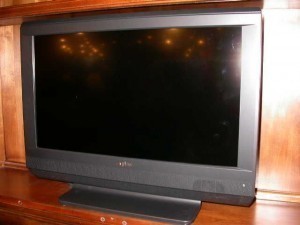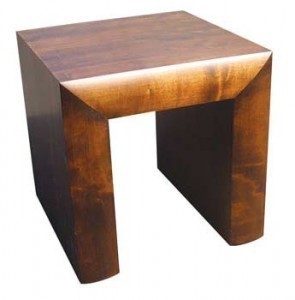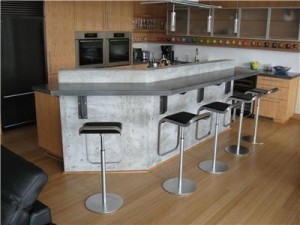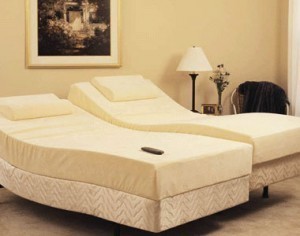Dimensions of a 26 Inch Flat Screen TV
Until now, watching TV remains one of the most relaxing and enjoyable forms of entertainment.  From the many different television models available today, those with flat panel displays stand out over the other particularly in terms of picture quality and resolutions. When asked what size people prefer for their television sets, many of them want the 26-inch versions because they are neither too big nor too small. Aside from these and all other interesting aspects, it is also nice to know the different dimensions of a 26-inch flat screen TV.
From the many different television models available today, those with flat panel displays stand out over the other particularly in terms of picture quality and resolutions. When asked what size people prefer for their television sets, many of them want the 26-inch versions because they are neither too big nor too small. Aside from these and all other interesting aspects, it is also nice to know the different dimensions of a 26-inch flat screen TV.
The Dimensions of a 26-Inch Flat Screen Television Set
Primarily, 26-inch flat screen television sets are 25.9 inches wide, 19.9 inches high and 6.8 inches deep. Likewise, some models vary slightly with usual measurements like 25.9 inches wide, 18.6 inches high and 5 inches deep. These two measurements are amongst the most common types of 26-inch flat screen TVs available today. In terms of weight, most of the products that fall under this category range from 24 pounds to 25 pounds. They are designed to fit perfectly well in children’s rooms, bedrooms and living rooms.
Additional Facts and Other Highly Interesting Details
Compared to traditional TVs with cathode ray tubes, flat panel displays are much thinner and lighter. In terms of thickness, they usually measure 100 millimeters or 4 inches only. Although they cost higher to produce, they provide homes a trendier and more modern look compared to older models. Many people love them because they easily fit even in very little spaces. They look nicer and the quality of pictures that they provide is truly impressive considering their relatively compact design.
Flat panel displays are classified into different categories such as organic light-emitting diode displays, liquid crystal displays and plasma displays. In addition, there are also surface-conduction electron-emitter displays, electroluminescent displays as well as light emitting diode display. These examples fall under volatile displays. On the contrary, there are also static flat panel displays. Examples of these flat panel displays include bistable nematic liquid crystal displays, interferometric modulator displays and bichromal ball displays.
There are many different reasons for people to love LCD TVs. First, they are less fragile compared to plasma television sets. This is a very good thing especially for people who change addresses a lot. Furthermore, they are less difficult to install. At high altitudes, LCD television sets offer better performance. In terms of prices, LCD television sets are less expensive than plasma TV sets. Some of the top manufacturers of high quality flat screen TVs include Samsung, Philips and Panasonic.





